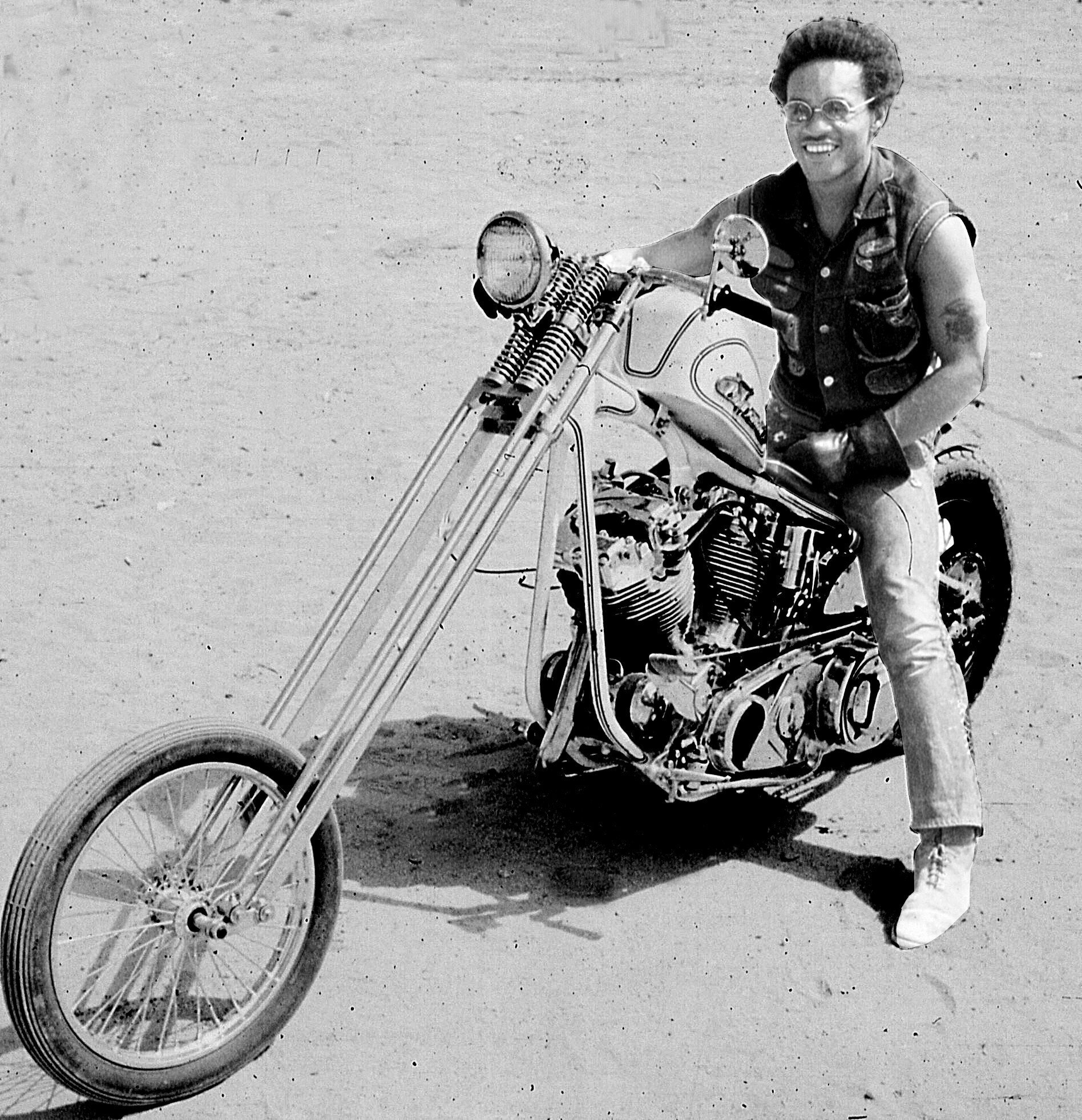The full PDF spread of Harley-Davidson’s 2019 HOG Magazine article on Ezy Ryders is now up on my website. Read here!
Black MC History Month
In honor of Black History Month, I’ve been posting about African-American motorcycle club history on the @ezyryders instagram page. Below, find all the riders I researched and featured.
Photo by Elliot Michael Gold
Are you familiar with Cliff Vaughs? Vaughs was active in the civil rights movement, a photographer, film maker, member of Chosen Few MC and an ingenious motorcycle designer and builder. He’s responsible for some of the most iconic bikes in history, those from the film Easy Rider—but he never received the credit he deserved, as the film reached mainstream success and his contributions were largely ignored. For decades he was homeless and aimless, drifting around the world working odd jobs. Two years before his death in 2016, motorcycle historians and bloggers revived his legacy. Vaughs started fielding invitations from around the world, from Sweden to Japan, to be an honored guest at motorcycle rallies and conferences. “I apologize profusely for not being more forceful about your role in [the Easy Rider motorcycles’] existence and their perfect design,” Peter Fonda wrote Vaughs, after also issuing a public statement. Vaughs died knowing that the world finally understood his legacy. RIP Cliff! Read more at the LA Times.
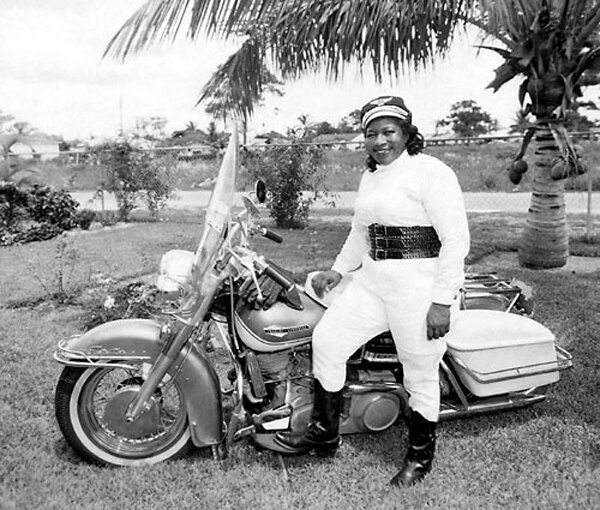
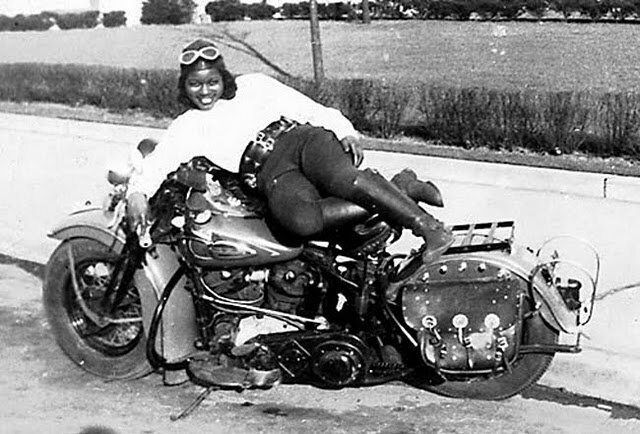
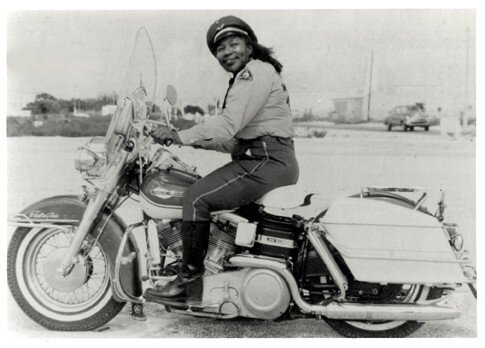
For the next installment of Black History Month honoring African-American riders, we’re featuring my all-time favorite rider Bessie Stringfield. Stringfield had only been riding motorcycles for three years before becoming the first African-American woman to ride solo across the United States. The year was 1930, and she was only 19. Despite rampant racism and sexism, Stringfield traveled solo to all the Lower 48 states, a true testament to her love of riding as it could be extremely dangerous. Stringfield later said, “If you had black skin you couldn’t get a place to stay. I knew the Lord would take care of me and He did. If I found black folks, I’d stay with them. If not, I’d sleep at filling stations on my motorcycle.” Stringfield would toss a penny onto a map and travel wherever it landed—to fund her trips, she performed motorcycle stunts for local carnivals. And during World War II, she served as a civilian despatch rider for U.S. military. After the war, Stringfield moved to Miami where she founded the Iron Horse Motorcycle Club and became known as “The Motorcycle Queen of Miami.” She was later inducted into the American Motorcyclist Association’s Hall of Fame and had an award named after her, given to female riders breaking barriers. What a life! A truly incredible woman.



Tonight’s post on African-American motorcyclists for Black History Month is dedicated to the countless African-Americans who fought for the United States military. They enlisted even when they were fighting for dreams and ideals that were denied them. The Tuskegee Airmen of World War II are particularly well-known for their skill and bravery. Some became passionate about flying and as veterans hoped to turn it into a career, but the racist segregation laws prevented them from doing so. They saw motorcycle riding as another way to fulfill a love of the adrenaline rush. Did you know there are chapters across the nation of the Tuskegee Airmen Motorcycle Club, dedicated to preserving their memory? More on African-American vets and their special connection to the MC world coming soon...
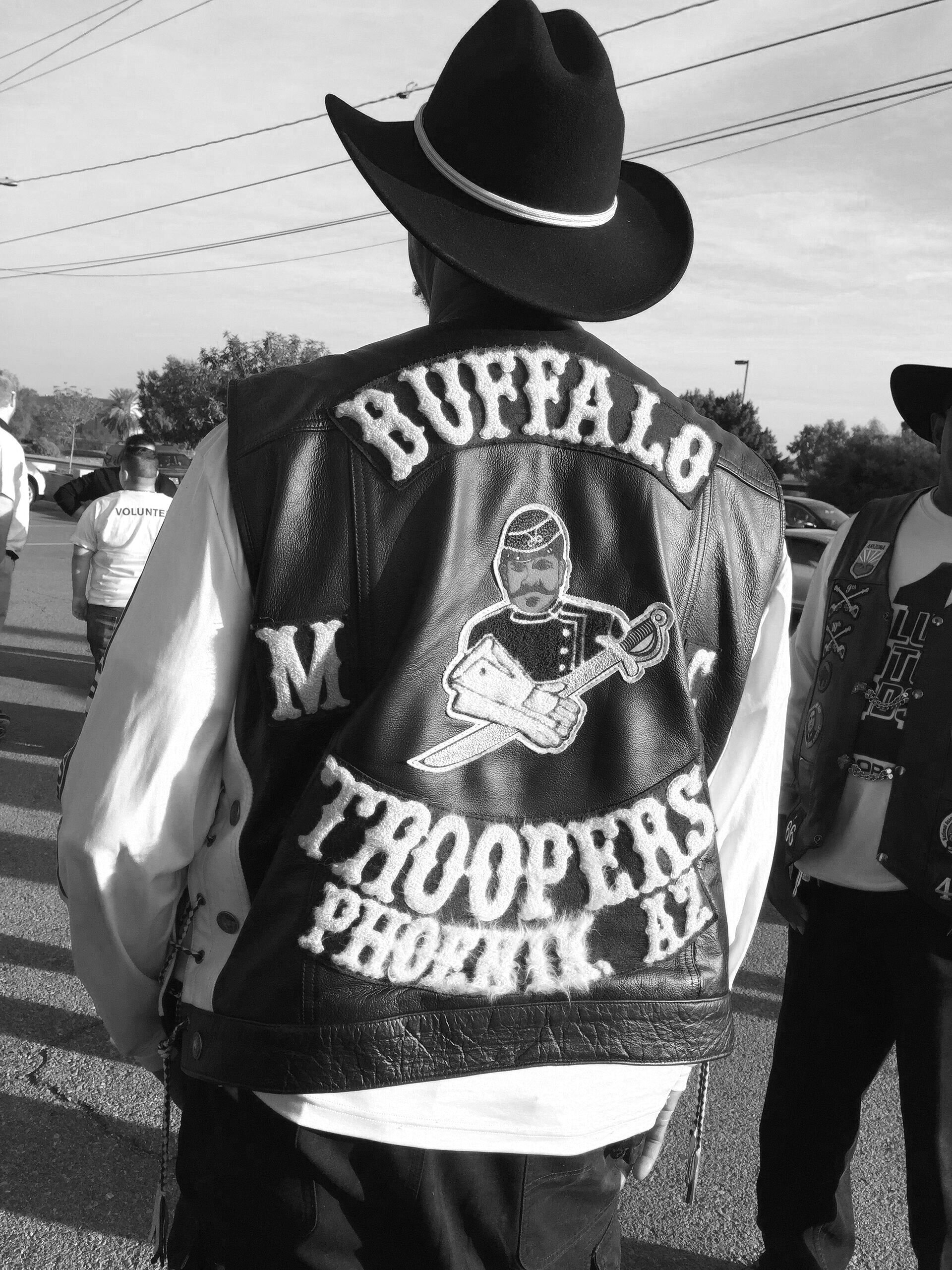
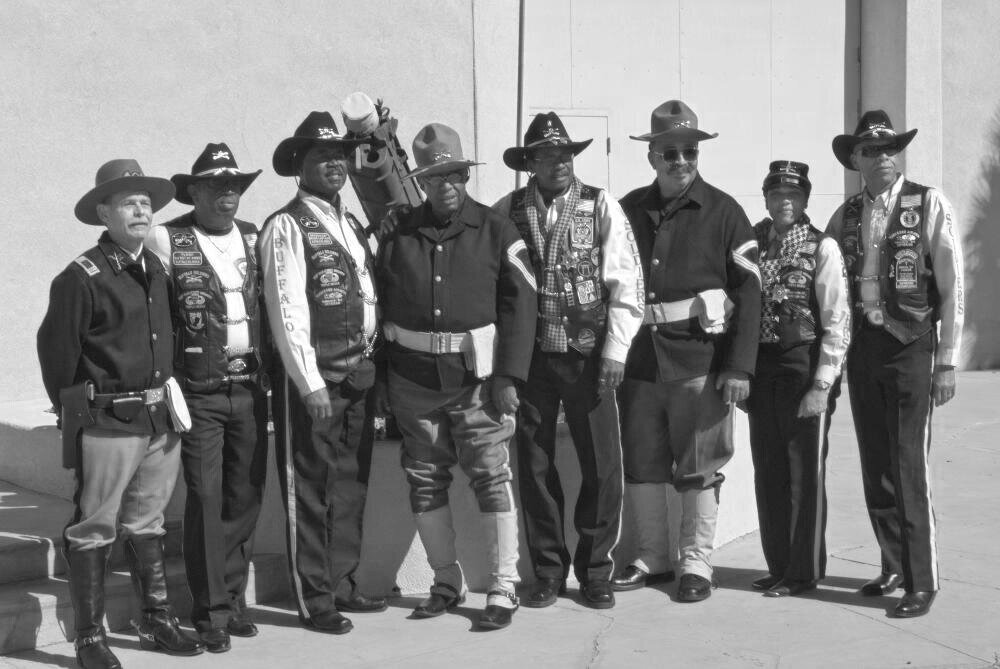
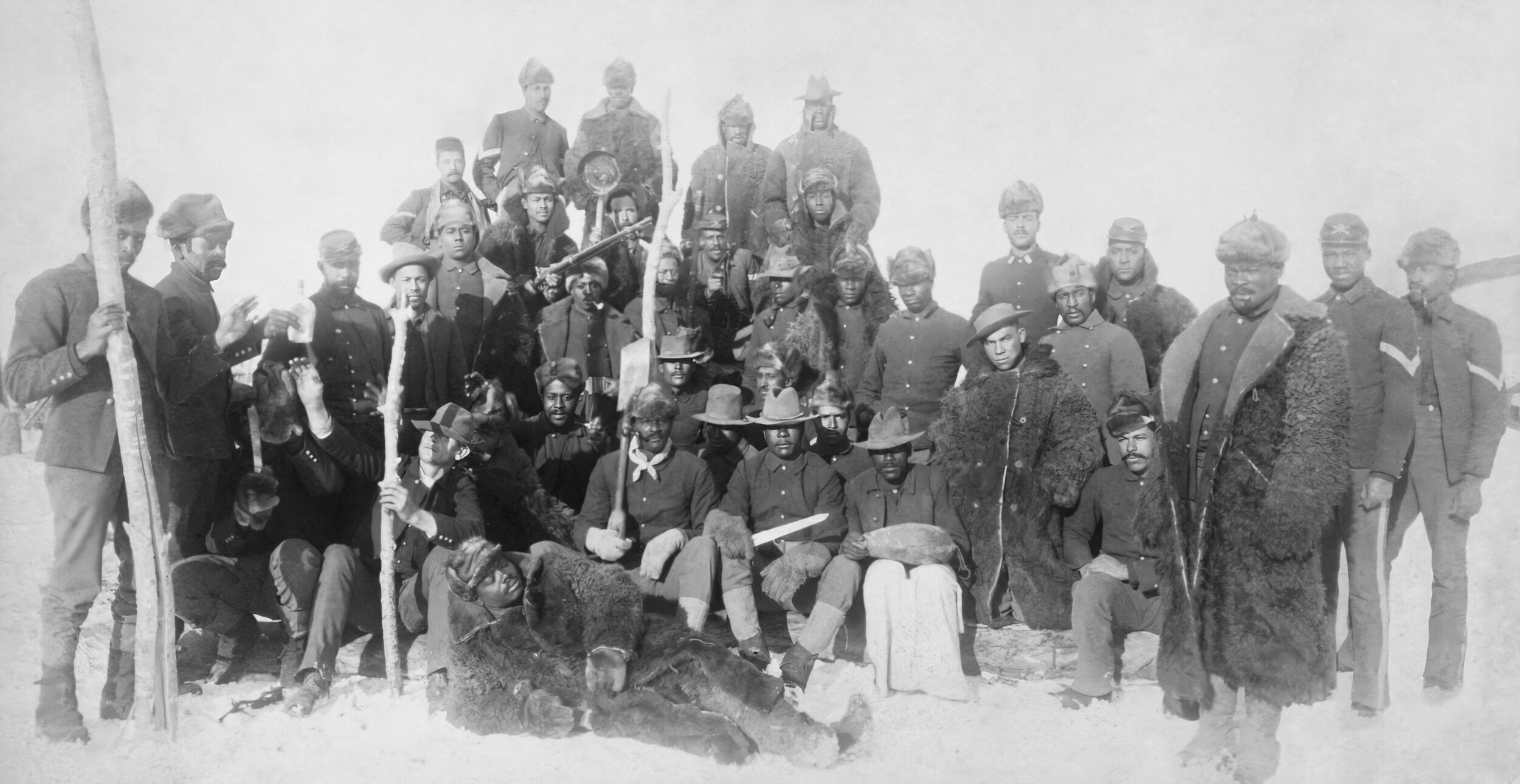
We all know the Bob Marley song “Buffalo Soldiers,” but who were they and how do they tie in with today’s black motorcycle club culture? To continue with #BlackHistoryMonth and #BlackChopperHistory... the Buffalo Soldiers were originally members of the 10th Cavalry Regiment of the US Army, formed in 1866 at Fort Leavenworth, Kansas. There are disputing accounts of how they got their nickname, but many agree it came from either the Cheyenne or Comanche Native American tribes. Over the next 80 or so years, Buffalo Soldiers came to mean any black soldier, not just the 10th Cavalry Regiment, until 1948 when the military was desegregated. There’s so much more to learn about the Buffalo Soldiers, if you’re curious I encourage you to look into them more. But to tie that history into today’s MC world, in 1993, Ken Thomas of Chicago founded the first Buffalo Soldiers MC. Like the Tuskegee Airmen MC mentioned in the last post, the Buffalo Soldiers MC used their name and image to honor the memory of these vets who served their country despite systemic prejudice. It makes sense that the descendants of some of these cavalry men would want to ride their iron horses as Buffalo Soldiers! They are now one of the biggest black MCs with over 140 chapters and 5,000 members. Shout out to the Buffalo Soldiers, from the past and present!
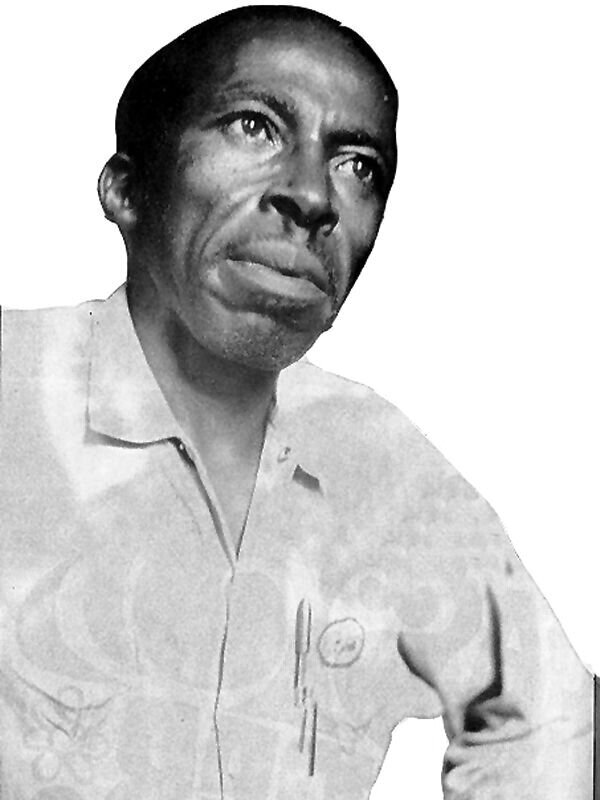

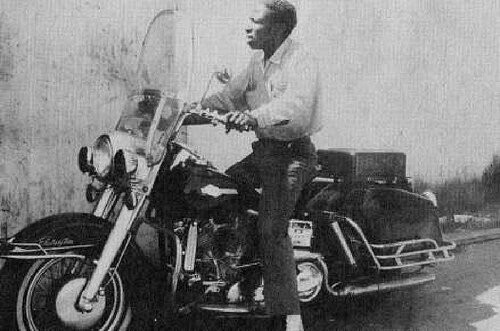
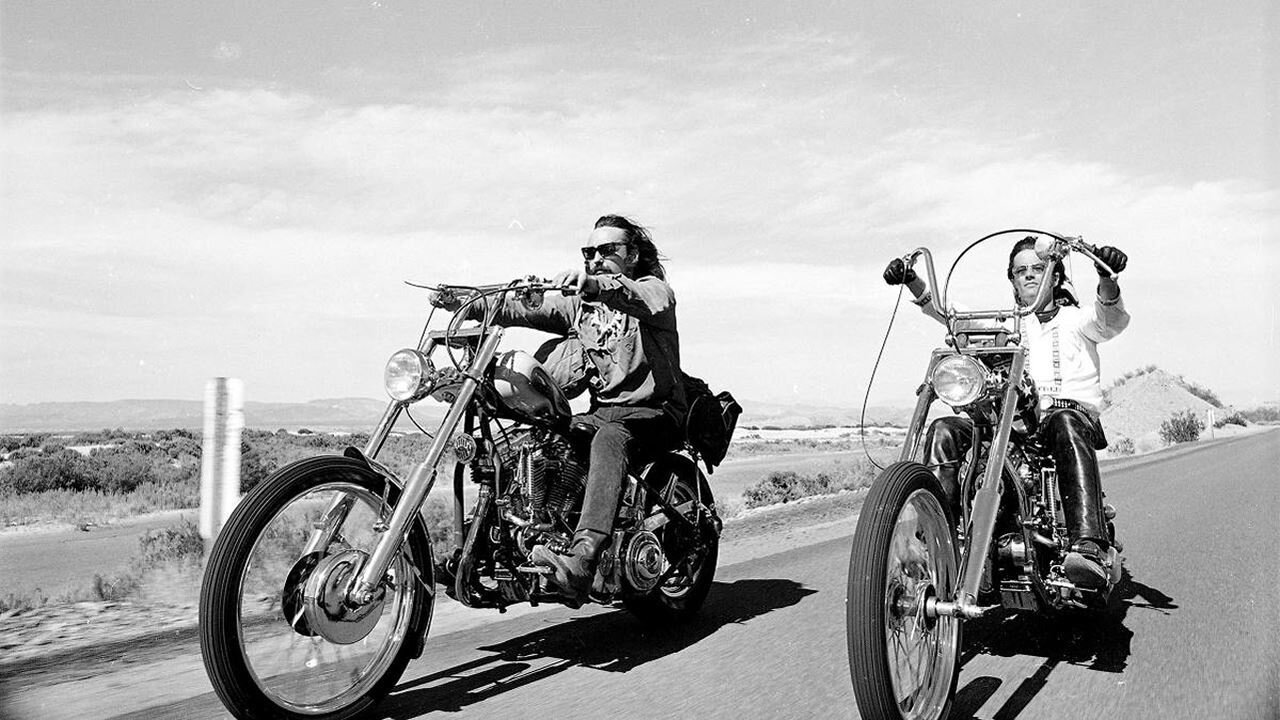
The first #BlackHistoryMonth / #BlackChopperHistory post this month talked about Cliff Vaughs, the man responsible for the choppers in the film Easy Rider. Digging a little deeper into the making of this film and these bikes, it’s a messy and confusing story, in particular with how the two African-American bike builders were treated and left uncredited for their work for decades. Peter Fonda, who produced and starred in Easy Rider, hired Vaughs to coordinate the motorcycles for the film. Vaughs was talented, but he was still young and needed the expertise of his mentor—so he rode into South Central Los Angeles, to Ben Hardy’s motorcycle shop. For the famous Captain America chopper, Hardy used old Harley-Davidson frames, ca. ’48-’56. The steering head was cut off and repositioned at a 45 degree angle, requiring a 12” extension to the telescopic forks. A set of AEE fork clamps were used, with extended handlebar clamps (dog bones). Hardy also built the Billy chopper in Easy Rider, and the film ended up making $60 million over the years. The Captain America bike (or what is believed to be the bike) sold for $1.3 million back in 2014. Hardy never received the recognition he deserved until recently, mostly thanks to the research of The Vintagent/Paul D’Orleans. Until Hardy’s death in 1994, he continued to work on bikes in his shop, and was respected within the local black biker community. But as the builder of some of the most iconic bikes ever, it’s sad that he never received wider fame.
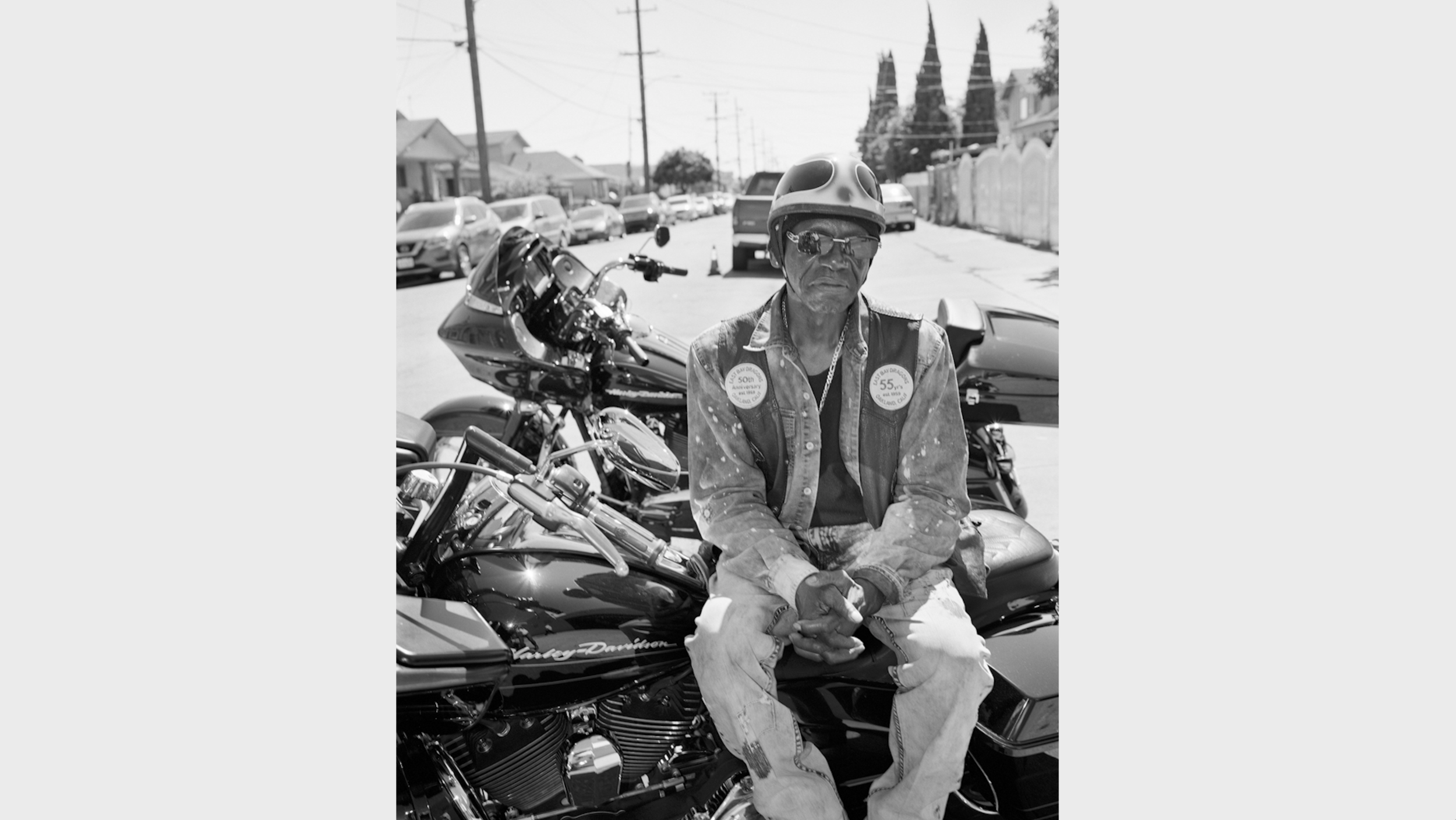
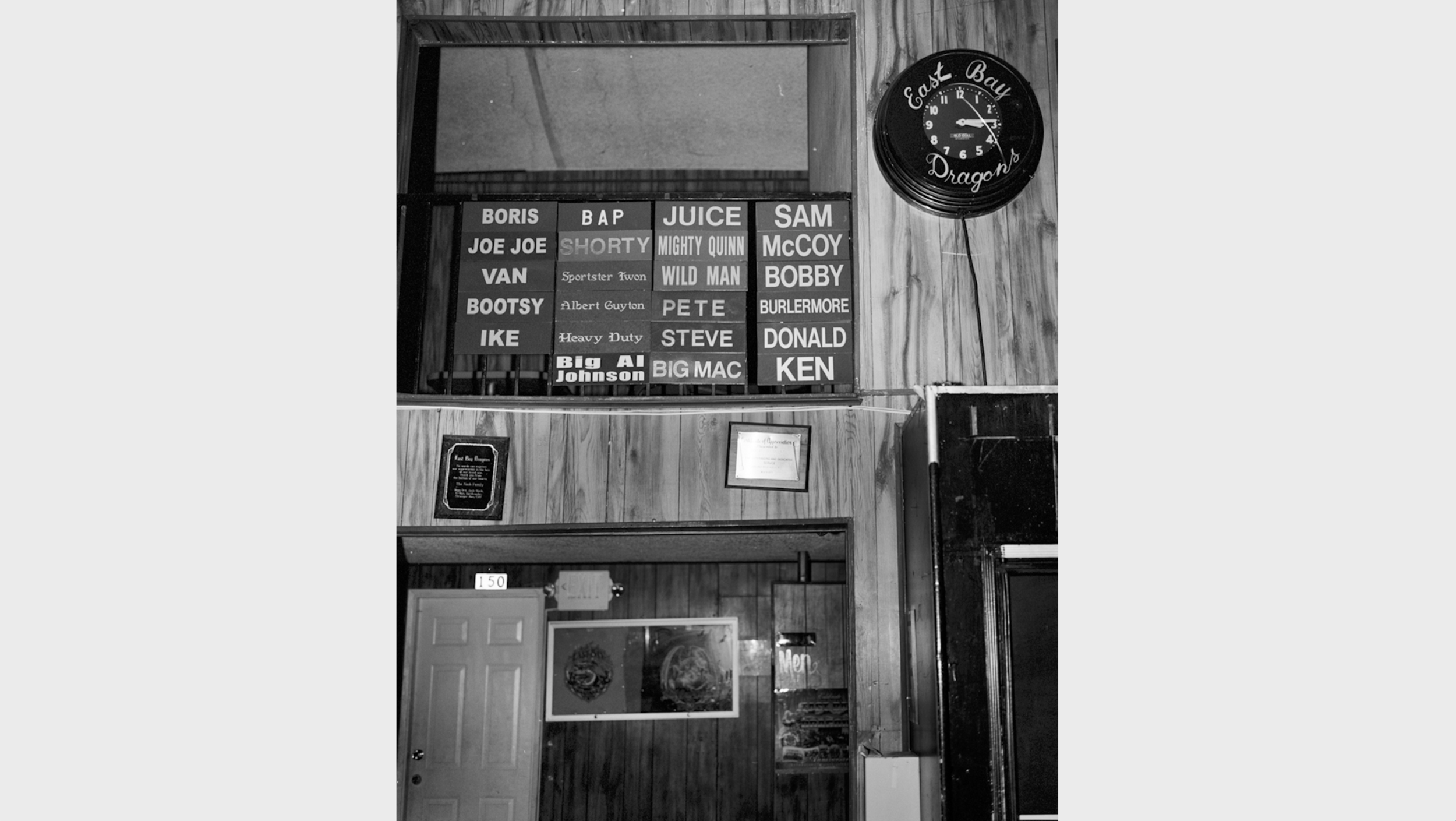
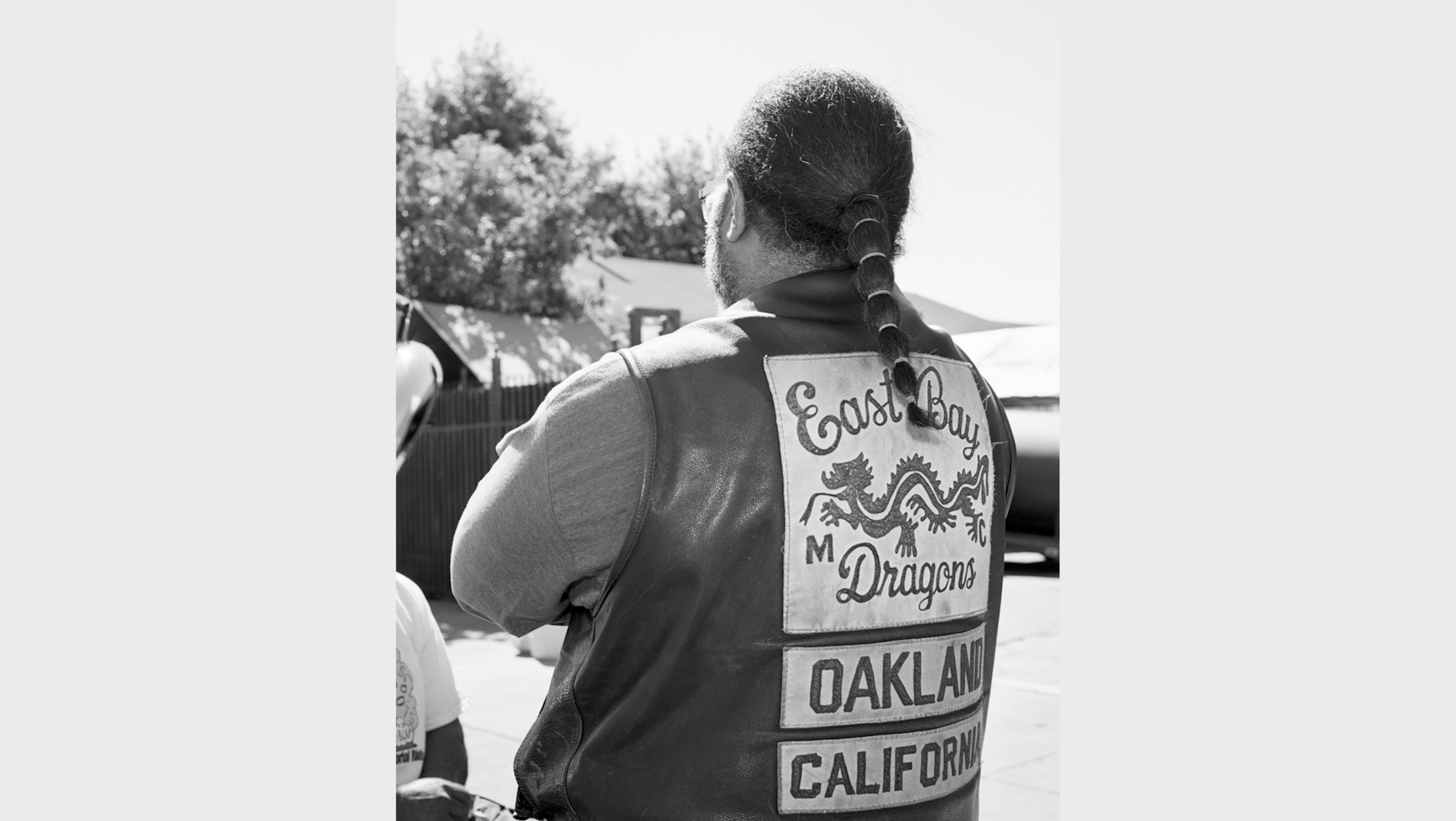
Today for #BlackHistoryMonth : the legendary East Bay Dragons MC. When I was in northern California over the summer, I had to take a trip to the East Bay Dragons motorcycle club. Four years ago, at the beginning of photographing Ezy Ryders, I came across the book by the Dragons’ founder and president, Tobie Gene Levingston, called “Soul On Bikes.” In it, Levingston reminisces about how he fell in love with Harley-Davidson motorcycles, but back in the 1950s, the few MCs that existed didn’t allow African-Americans. He started the East Bay Dragons in 1959, the first exclusively black MC. Levingston remains the club’s one and only president, and they celebrated their 60th anniversary in 2019. They became a crucial part of Oakland’s history and the history of American MCs. I’d highly recommend his book if you’re interested in reading more about the early MC days straight from the rebel pioneer’s mouth. And big thanks to the Dragons for the warm welcome this past summer. [Photos by Cate Dingley]


